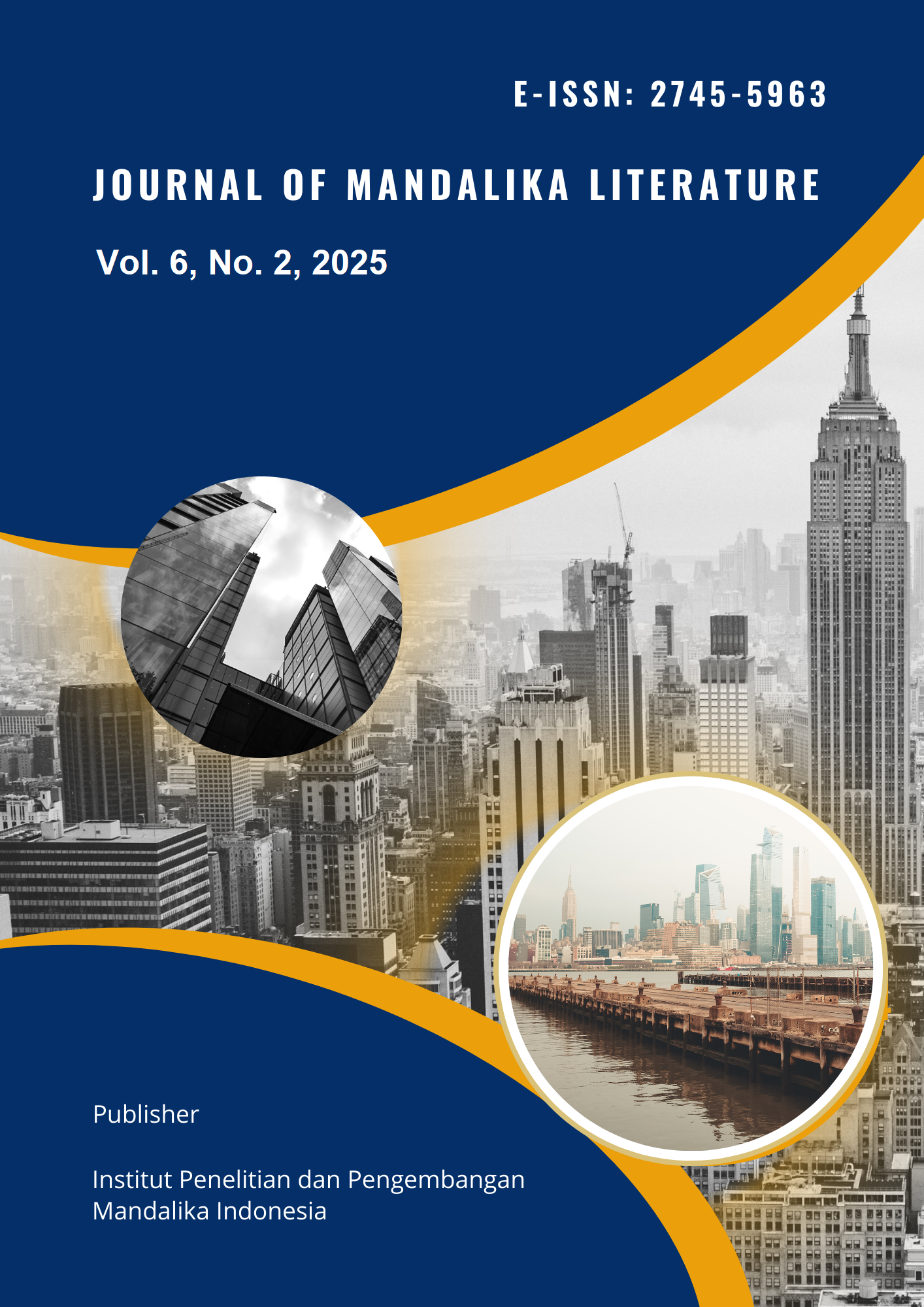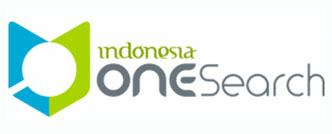Strategi Pariwisata Thailand Pada Masa Pandemi Covid-19
Abstract
This research aims to analyze the strategies implemented by the Thai Government to increase the number of foreign tourists after the Covid-19 pandemic using Sharron Dickman's 5A tourism framework. Employing a descriptive-qualitative method, this research utilizes literature study techniques for data collection and qualitative techniques for data analysis. The findings indicate that Thailand successfully revitalized its tourism sector by focusing on the 5A components. To enhance attractions, Thailand innovated by adapting to consumer preferences, easing lockdown policies, enforcing health protocols, conducting campaigns, initiating Travel Bubble programs, and launching the Sandbox program. For accessibility, the government introduced visa-free requirements, implemented the Thailand Pass system, optimized digital platforms, and developed new tourism routes. Accommodation improvements included health certifications for hotels, shopping venues, and restaurants. Facility infrastructure was strengthened through collaborations, minimal-contact initiatives, and enhanced health facilities. Finally, tourism activities were reimagined to align with post-pandemic preferences, emphasizing smaller crowds, personalized experiences, and promoting lesser-known destinations. These measures collectively enabled Thailand to regain its position as a leading tourist destination in Southeast Asia post-pandemic.
Copyright (c) 2025 Ester Sophia Jayanti Simanjuntak, Adhiningasih Prabhawati, Honest Dody Molasy

This work is licensed under a Creative Commons Attribution-ShareAlike 4.0 International License.











